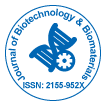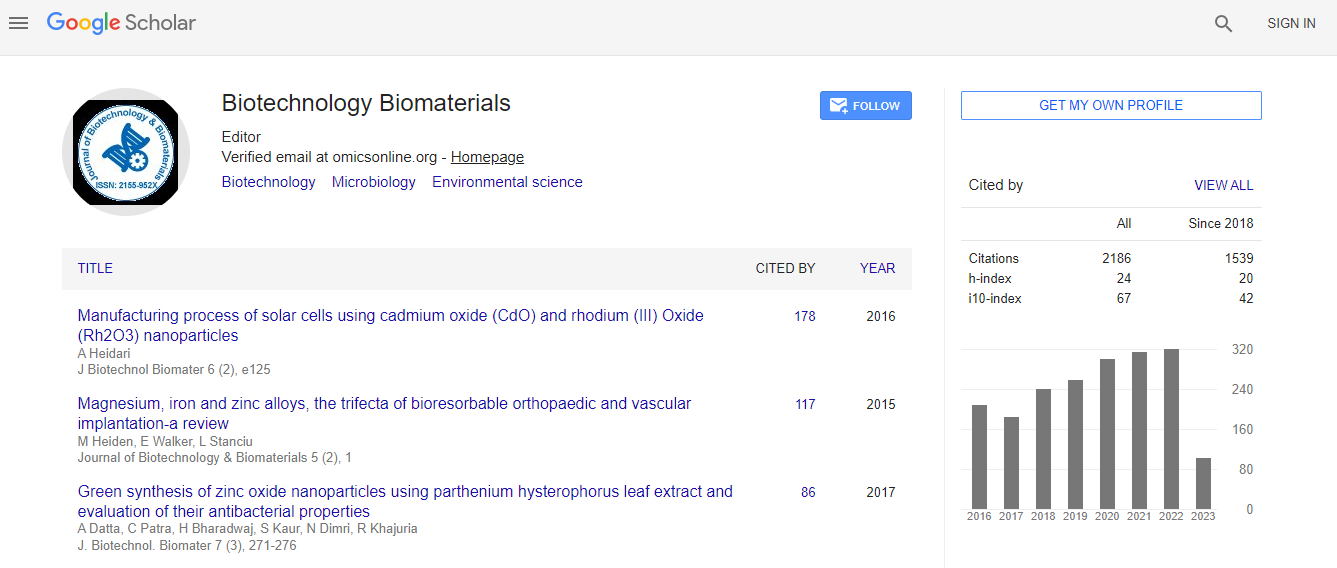Our Group organises 3000+ Global Events every year across USA, Europe & Asia with support from 1000 more scientific Societies and Publishes 700+ 91勛圖 Journals which contains over 50000 eminent personalities, reputed scientists as editorial board members.
91勛圖 Journals gaining more Readers and Citations
700 Journals and 15,000,000 Readers Each Journal is getting 25,000+ Readers
Citations : 3330
Indexed In
- Index Copernicus
- Google Scholar
- Sherpa Romeo
- Open J Gate
- Genamics JournalSeek
- Academic Keys
- ResearchBible
- China National Knowledge Infrastructure (CNKI)
- Access to Global Online Research in Agriculture (AGORA)
- Electronic Journals Library
- RefSeek
- Hamdard University
- EBSCO A-Z
- OCLC- WorldCat
- SWB online catalog
- Virtual Library of Biology (vifabio)
- Publons
- Geneva Foundation for Medical Education and Research
- Euro Pub
- ICMJE
Useful Links
Recommended Journals
Related Subjects
Share This Page
In Association with
Biobased products from agricultural waste
Biotechnology World Convention
Cristina Ferreira Silva, Mariana Dias Moreira, Kelly Cristina dos Reis and Rosane F Schwan
Federal University of Lavras, Brazil
Posters & Accepted Abstracts: J Biotechnol Biomater
DOI:
Abstract
Agricultural waste is seen as a new alternative substrate to the fermentation process. Integrated production and re-use of waste is an opportunity to make the process self-suitable in bio-refinery concept. Brazil is known to produce both spirit beverage such as cachaca and coffee generating thousands of dollars per year. However, these products are responsible for tons of liquid and solid waste with high carbon content that represent harmful deposition in the environment. The purpose of the biotechnological process is to use that waste to produce enzymes, pigments, flavor compounds and polyalcohols. Pulp, husk and vinasse are waste known as suitable for the microbial growth, producing add-value products. In this context, coffee waste and vinasse were used to produce carotenoids and flavor compounds, respectively. Both processes are aerobic and show simultaneous decrease of power pollution (evaluated by BOD parameter) and high concentration of add-value products. Productivity of carotenoids reached 21.35 mg/L and they had antimicrobial and anti-oxidant activity. In addition, these carotenoids could be used in cosmetic and pharmaceutical industries. Attainment of biomass from non-Saccharomyces strains was possible from vinasse with productivity reaching up to 92% in 70% of vinasse concentration. Nutritional and anti-nutritional parameters were evaluated and their concentration showed that the microbial biomass could be used to supplement food for animals.Biography
Email: cristinafsb@dbi.ufla.br

